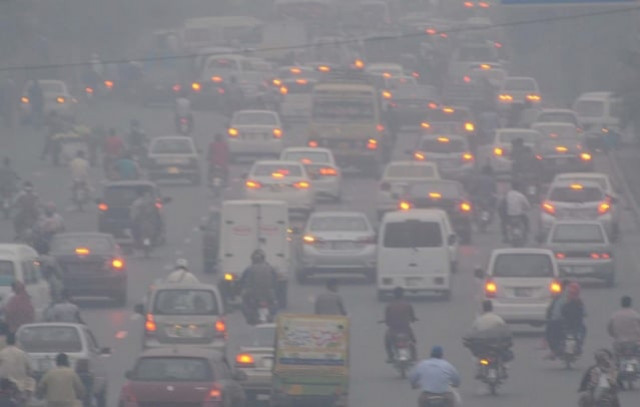
The situation is particularly ‘alarming’ in south and central districts of Punjab – the province which had also been hit by smog almost the same time, last year.

Where does this smog come from?
Some officials blame stubble burning by farmers and emissions from coal-fired power plants in India. They claim the Space and Upper Atmosphere Research Commission has spotted 2,620 fire incidents via satellite in Indian Punjab on November 2, while there were only 27 such cases in Pakistan’s Punjab.
However, other officials have a different interpretation. They say the main source of smog in Pakistan is trans-boundary pollution which is actually originating from the Middle East. Although smog hits Pakistan twice a year, this time the issue is ballooning into a crisis due to a prolonged dry spell in the country.

When smog strikes
The fear is that the smog will persist as there are little chances of rain in the country. This might create health problems for people and affect agriculture and livestock sectors – and in turn the national economy.
“Every year the Middle Eastern countries, especially Iraq, Syria, and Iran, are hit by heavy sand and dust storms, which form dust clouds,” Asif Shuja, a former director general of the Environmental Protection Agency (EPA), told The Express Tribune while explaining the phenomenon.
“These dust clouds travel thousands of kilometres to other countries, including Pakistan, mostly in April-June and September-November,” he said, adding that this time the impact of these dust clouds in Pakistan is severe due to the continued dry spell.

“After reaching Pakistan, these dust clouds – coupled with dust storms originating from Thar Desert – form smog and aggravate the situation,” Shuja said.
Around 122 dust storms had been reported last year in Iraq alone, blanketing the sky for 283 days, he added.
The trans-boundary effect of the sand and dust storms had grabbed the world attention, he said, adding that while considering the seriousness of the issue, a regional meeting convened in Turkey last month where participants called for regional efforts to address the menace.
South Punjab in grip of severe smog
Shuja sought to dismiss the perception that the major source of smog in Pakistan was stubble burning by farmers in Indian Punjab.
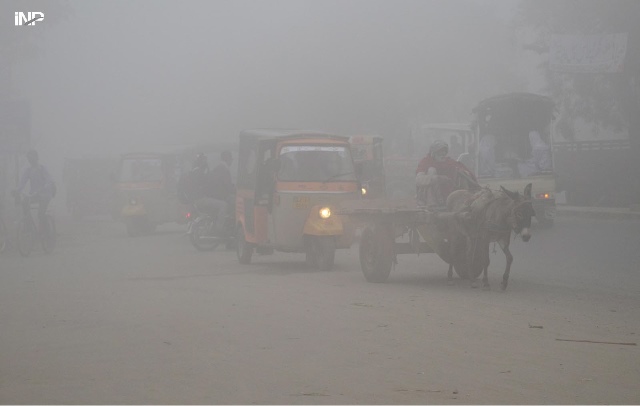
“It is impossible that just burning sugarcane stubble could cause such dense smog in a short period of time,” he said, but didn’t deny stubble burning could add to the severity of the problem.
A senior environmental expert said, “This year the severity of smog is more as compared to previous years. This time it is enveloping areas beyond Punjab, which is alarming and worrisome.”
Pervaiz Amir, who is also a former member of the Prime Minister's Task Force on Climate Change, predicted that the smog would persist for at least another four weeks. “This situation would have a negative impact on health of people, and livestock, besides affecting agriculture sector, transport system, flight operations and productivity of labour,” he added.
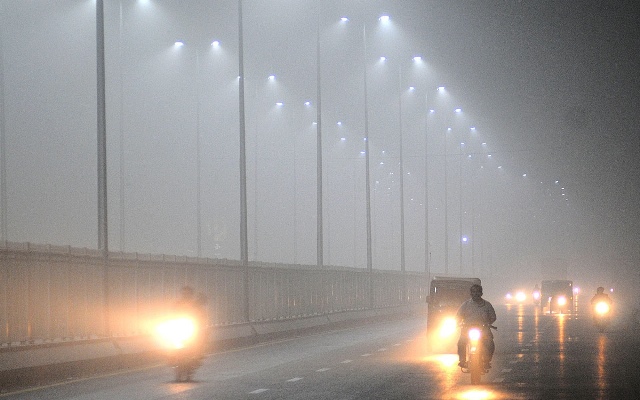
“There are some crops which require sunlight to grow, but due to smog sunrays don’t reach them,” he said.
Amir went on to say that due to the persisting dry spell, the situation was aggravating in Pakistan and in the near future the severity of weather conditions would increase further.
Traffic accidents
According to an unofficial tally, at least 17 people have been killed in road crashes caused mainly by poor visibility on roads due to smog. Three men died on Saturday, 10 on Friday and three on Thursday. The accidents occurred in Faisalabad, Jhang, Pasrur, Layyah, Attock, Sheikhpura and Pakpattan.
Jam Sajjad Hussain, a spokesperson for Rescue 1122, said there had been fewer accidents since the smog descended, but these crashes had been far deadlier.
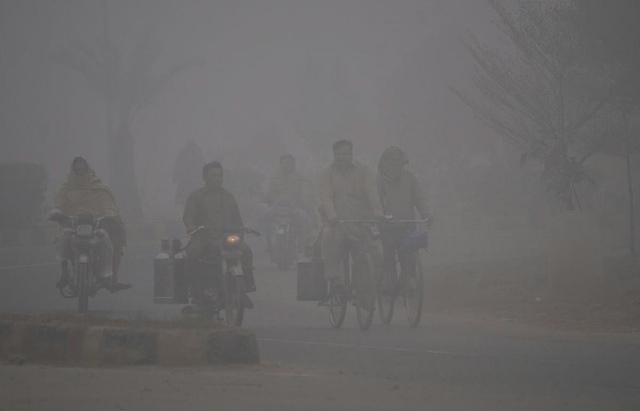
Dense smog leads to closure of nuclear power plants
Citing the reason for fewer accidents, he said people avoided unnecessary travel during smog. “Even if they have to come out, they drive slowly,” he added. He credited sensitisation campaigns by government departments and media for lesser road accidents during smog.
Power breakdown
The dense smog forced authorities on Friday to shut nuclear power plants of 1,200-megawatt capacity, while several grid stations tripped, causing power breakdown in several parts of the country.
Restoration work was in progress at four Chashma nuclear power plants – C1, C2, C3 and C4 – and they are expected to run at full capacity in the next 72 hours.
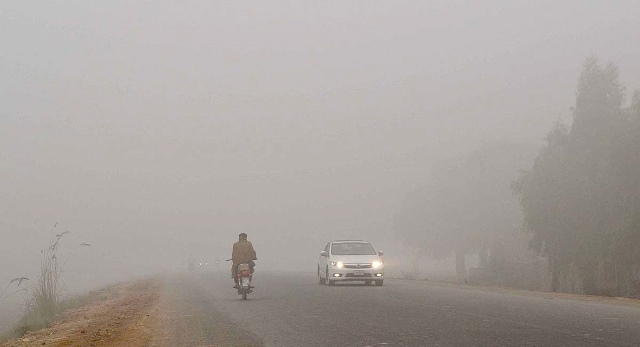
The Power Division directed the National Power Control Centre (NPCC) to chalk out an emergency demand and supply management plan for 72 hours by the time the nuclear power plants were restored.
It said in a statement that under the directives of the federal government, all expensive furnace oil and diesel-run power plants having a cumulative capacity of 4,250MW had also been shut.
(With additional reporting by Muhammad Shahzad in Lahore and Zafar Bhutta in Islamabad)

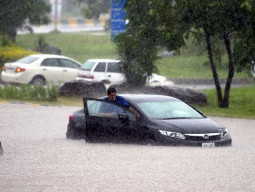






1726054615-0/OpenAI-(2)1726054615-0-270x192.webp)









COMMENTS
Comments are moderated and generally will be posted if they are on-topic and not abusive.
For more information, please see our Comments FAQ